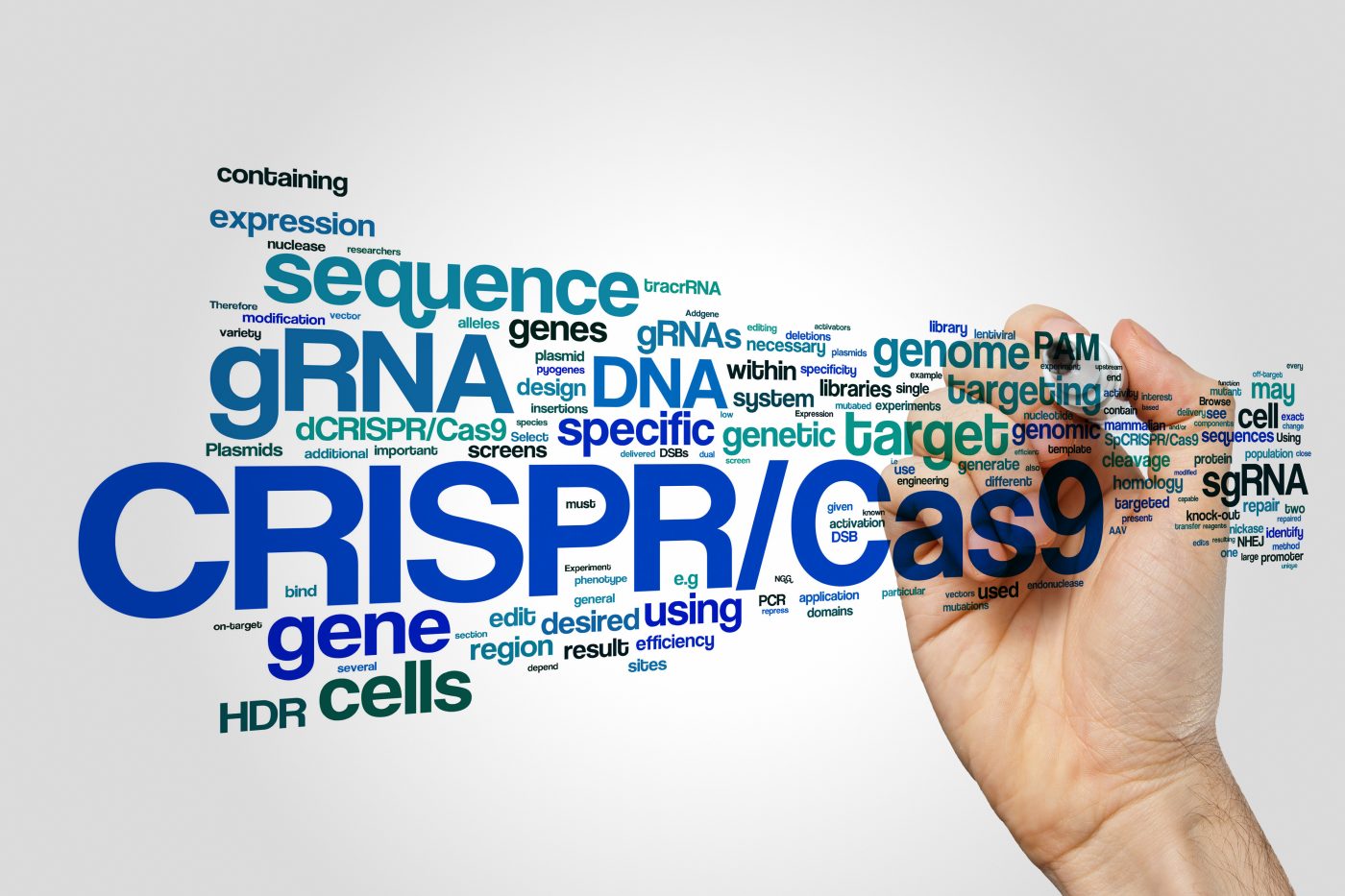Huntington’s Research, Treatment May Benefit from New Gene-Editing Tool
Written by |

Researchers have developed a new gene-editing tool that may improve the precision of future gene therapy efforts in Huntington’s disease, as well as numerous other genetic conditions.
The study, “A chemical-inducible CRISPR–Cas9 system for rapid control of genome editing,” published in the journal Nature Chemical Biology, reports building a new Cas protein to be used with the CRISPR-Cas9 gene-editing system. The new protein, called iCas, can be turned on and off with the help of a chemical once inside cells.
It was a joint effort by researchers at two top Singaporean institutions – A*STAR’s Genome Institute of Singapore (GIS) and the Nanyang Technological University – that made the invention possible.
The current CRISPR-Cas9 is not foolproof. Cas enzymes sometimes can cut in the wrong place, doing more harm than good, so an increased control of the procedure is desirable.
“DNA is like an instruction manual that tells living cells how to behave, so if we can rewrite the instructions in this manual, we will be able to gain control over what the cells are supposed to do,” Meng How Tan, senior author of the study, said in a news release.
“Our engineered iCas protein is like a light switch that can be readily turned on and off as desired. It also outperforms other existing methods in terms of response time and reliability,” added Tan, who also is a senior research scientist of Stem Cell and Regenerative Biology at the GIS, and an assistant professor at Nanyang’s School of Chemical and Biomedical Engineering.
To turn iCas on, researchers used the drug Tamoxifen, a medicine used in breast cancer treatment. Tests revealed that the new enzyme responded faster to the drug than other Cas enzymes activated with chemicals, and could be switched on and off repeatedly.
This improved speed and performance will be valuable in situations where researchers need to maximize control of the gene editing. The system could, for example, be used to edit genes only in a particular set of cells, or during certain times.
Huimin Zhao, PhD, the Steven L. Miller Chair Professor of the Chemical and Biomolecular Engineering faculty at the University of Illinois at Urbana-Champaign, was not involved in the research, but praised the addition of a new tool to the gene-editing toolbox.
“It enables genome editing in a precisely controlled manner, thus opening new doors for applications of the CRISPR technology in basic and applied biological research,” said Zhao.





